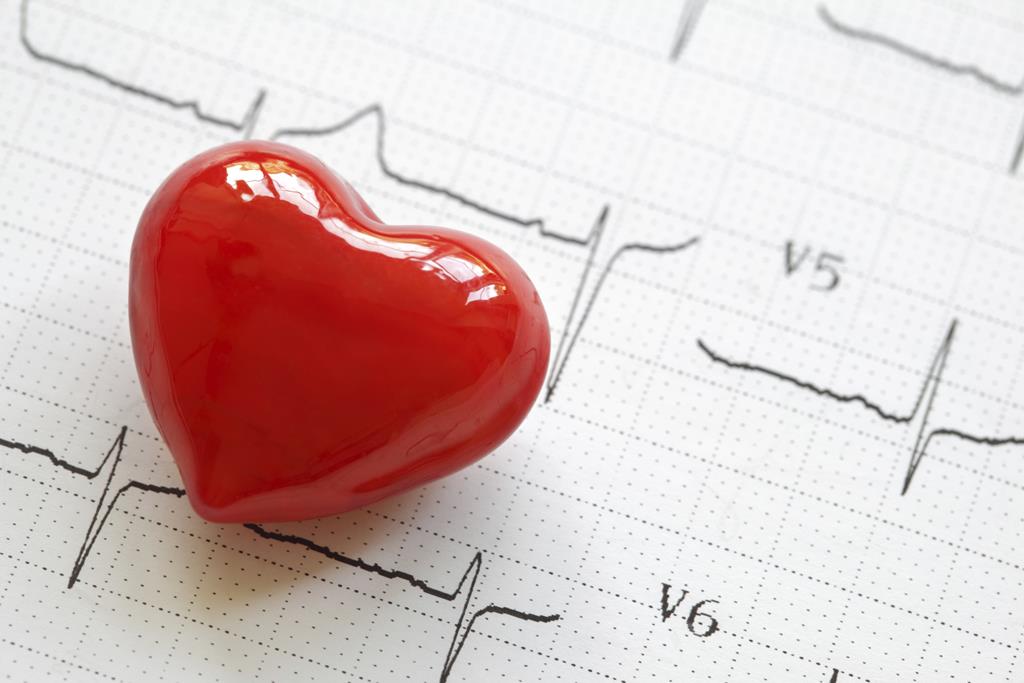Hives breakouts can be such a pain; they cause revolting red bumps that get itchy like it is nobody’s business, and the cherry on top of this cake no one would ever want a slice of, you can’t even identify what may have brought them on.
Also known by its more medical name urticaria, hives can form on any part of the body such as the face, upper body, arms, legs, and even in the mouth. With varied sizes, hives most commonly appear when you experience an allergic reaction to something such as pollen or animal dander, which prompts your body to secrete histamine and other substances into your bloodstream. The result is the inflammation accompanied by irritation and itching.
Regardless of whether you have acute (short-lasting) or chronic (long-term) hives, these annoying red spots are usually caused by the same common culprits in most individuals: intake of certain foods, environmental triggers, an underlying ailment, exercise, or heightened emotions.
Intake of Certain Foods
If your hives usually appear after you eat certain foods, the chances are your skin reaction is a result of a food allergy such as dairy, eggs, nuts, or shellfish. In most cases, the cause becomes quite evident when you always break out in hives after consuming, say, peanuts. However, unfortunately, pinpointing a food trigger is not always so clear-cut.
If you suspect a food allergen is the cause of your hives outbreaks, the best course of action is to consult your doctor to identify your triggers as thoroughly as possible to prevent reactions in the future.
Environmental Triggers
Getting in contact with common allergens such as pollen or getting bitten by some types of insects also lead to the appearance of hives in some people. However, these are not the only environmental factors that can result in your breaking out in hives. Too much exposure to direct sunlight, sudden temperature changes, and cold weather can also contribute to breakouts, which is not to say you are allergic to any of these. Your skin is just extra sensitive to extreme environmental conditions. If your doctor deems it appropriate, they may prescribe you antihistamines to help you prevent climate-induced hives.
An Underlying Ailment
Experiencing chronic hives can point to a more serious complication, necessitating further testing to identify whether there is a more serious underlying disease triggering your hives. Some people with conditions such as HIV/AIDS, hepatitis, hypothyroidism, and lupus, for instance, can break out in hives as a symptom of such diseases. In these cases, going on medicines is the most effective way to prevent hives.
Exercise
Even though regular exercise does your body and overall health a world of good on so many levels, physical activity can sometimes lead to breakouts of hives in some people. During physical exertion, the body releases a chemical known as acetylcholine, which is associated with a reduced capacity to break down cells. In some individuals, this substance impairs skin cells, causing their skin to become irritated and break out in hives, not unlike histamine.
Sweating may contribute to breakouts in those who are susceptible to hives. The sweat as a secretion itself does not trigger hives, but sweating means that your body temperature is increasing. In some people, increased body temperature as a result of physical activity can lead to the development of hives.
Heightened Emotions
Strong emotional responses can also lead to hives breakouts. In people with chronic hives, agitation and anxiety seem to be two triggers that result in the secretion of histamine, causing hives. Stress and anxiety can not only cause breakouts but also intensify the severity of hives, especially if patients scratch the affected areas.
Featured Image: Depositphotos/© tashatuvango




